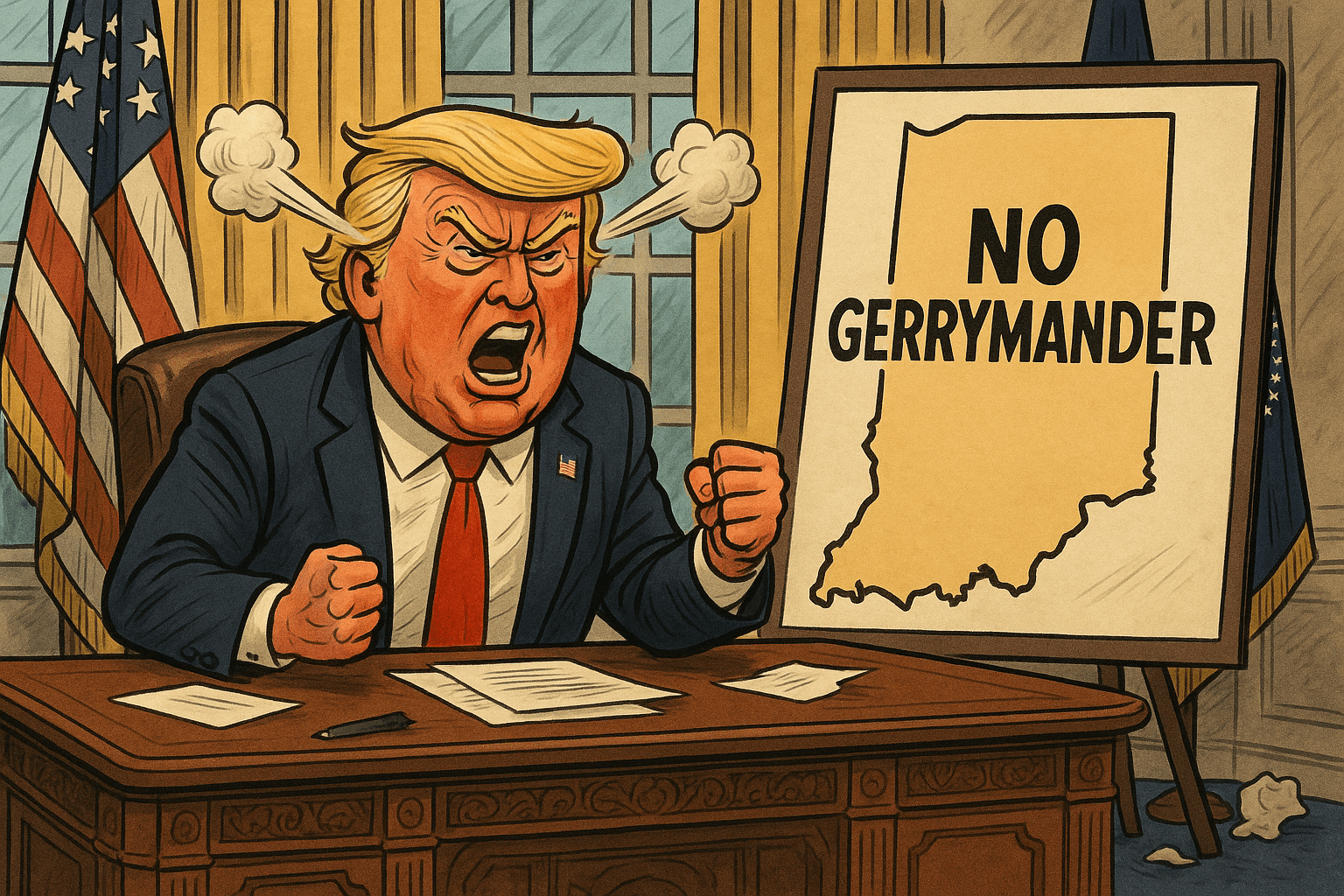In Alaska, Will Voters Go Back To Elections Controlled by Party Bosses and Special Interests?

Photo Credit: Philip Oroni / Unsplash
Alaska voters have a choice this November: Keep the nonpartisan voting reform that opened taxpayer-funded elections to all voters and candidates. Or, give party leaders control over how Alaskans vote again -- and who gets to vote.
This is what's at stake with Ballot Measure 2. If passed, the measure would repeal voter-approved 2020 reform that implemented the nation's first statewide nonpartisan top four primary system with ranked choice voting in the general election.
The campaign to repeal it launched after only a single election cycle using the new voting model.
Under a nonpartisan open primary (also called a unified primary), all voters and candidates participate on a single ballot, regardless of party. Voters can choose any candidate they want and are given equal access to taxpayer-funded elections.
In Alaska, the top 4 vote-getters move on to the general election where voters can rank the candidates in order of preference to determine who is the most preferred candidate by a majority of the vote.
Prior to the 2020 reform, Alaska used a closed primary system that denied 60% of the state's electorate access to primary elections because they were registered unaffiliated, despite footing the bill for them. Only party members were allowed to vote in the primaries.
Historically, primary elections draw a low turnout, but in most cases, these elections end up being the most critical in determining who gets elected. This means party leaders have outsized influence over outcomes in closed partisan systems.
Supporters of Ballot Measure 2 in 2024 focus on the state's use of ranked choice voting. The "Yes on 2" campaign calls the voting method "confusing" and claims it "suppressed turnout in 2022."
A report from McKinley Research Group published in April 2023 found that as many as 85% of voters who participated in the 2022 cycle found ranked choice voting to be at least somewhat simple to use.
The report further found that only 24% of voters considered their candidate options in the general election to be worse under the nonpartisan primary and RCV combo.
Additional research in other jurisdictions that use ranked choice voting show that most voters find it easy once they have had a chance to use it -- because all that is required of them is to rank candidates like they would rank their preferences for anything else.
Opponents of Measure 2 say nonpartisan primaries and ranked choice voting give citizens more freedom and choice in elections. In a new ad, public school teacher Krystin P. says Measure 2 abolishes both for Alaskans.
"Political elites are pushing Measure 2 because it takes away our right to vote for who we want, regardless of party, and puts the power back in their hands instead," she says.
The message touches on the populist appeal that was key to reform success in 2020, according to academic research that looked into support for the reform and its impact on statewide elections in 2022.
This research also found that in the first election cycle with nonpartisan voting reform, the winners of major statewide races, like US Senate and US House, needed a group of Republicans, a group of Democrats, and a group of independents to win.
Further, the winners fell more to the "center" of the political spectrum, with US Sen. Lisa Murkowski winning re-election and moderate Democrat Mary Peltola winning the state's single congressional seat.
Peltola beat out two Republicans, including former Gov. Sarah Palin, meaning she got enough second-choice votes from Republican voters and voters who picked a Republican as their first choice to cross the finish line.
""Open primaries and RCV weren’t the result of political advocacy for a particular candidate," says Randy Hoffbeck, former commissioner of the Alaska Department of Revenue.
"[T]hey were the answer to a system that was irreparably broken and needed to be reformed to better reflect the independent nature of Alaska’s political landscape." He adds that Measure 2 turns back "the clock to reinstate a broken system."
The "No on 2" campaign website features the results of a November 2022 exit poll that found that open primaries, in particular, had 62% favorability. Measure 2 would therefore eliminate popular primary reform.
There is no 100% guarantee the Alaska Legislature would reinstate a closed primary system if Measure 2 passes. However, it risks the possibility, especially when the party leaders and special interests that benefited from the old system get involved in the legislative process.
 Shawn Griffiths
Shawn Griffiths






